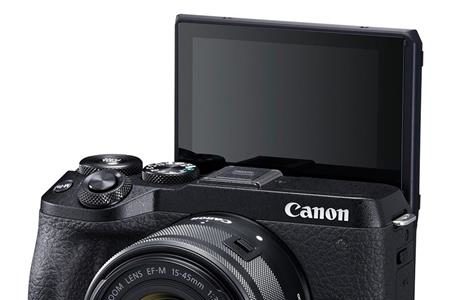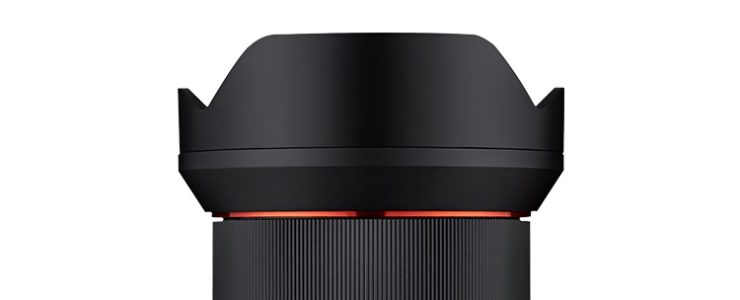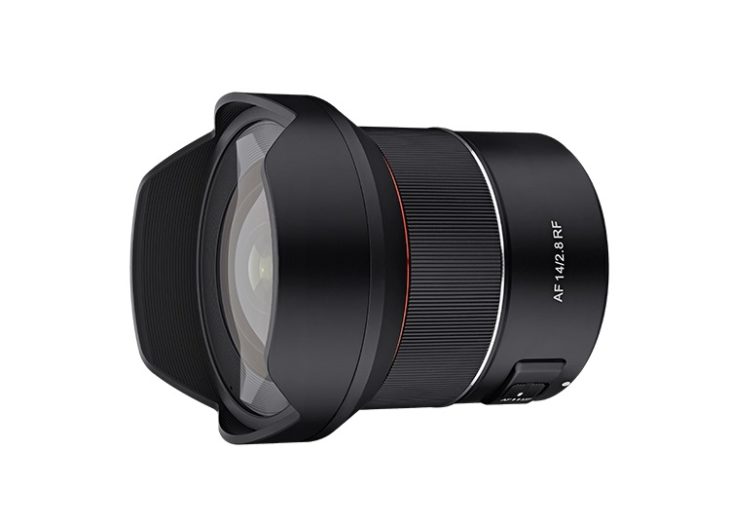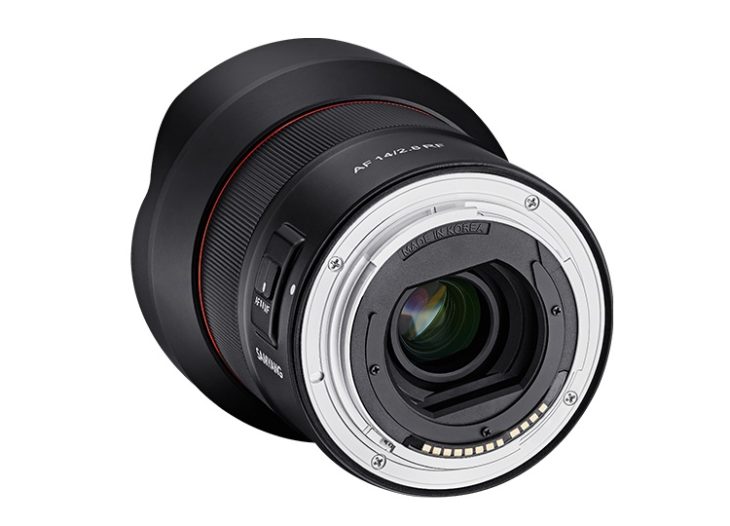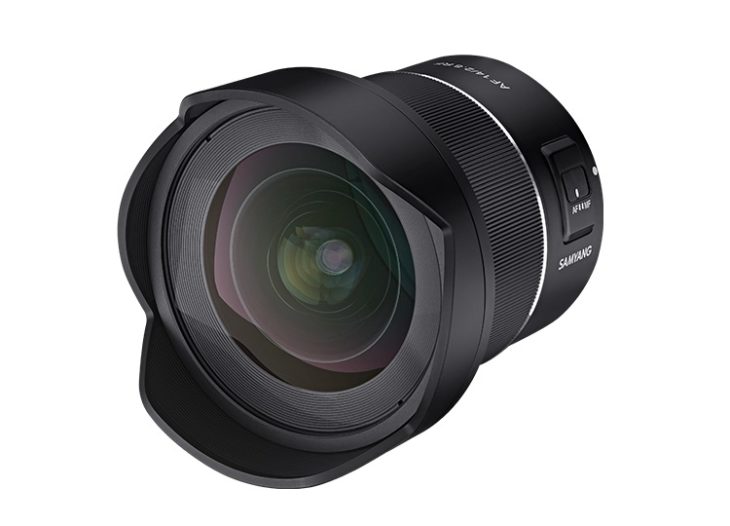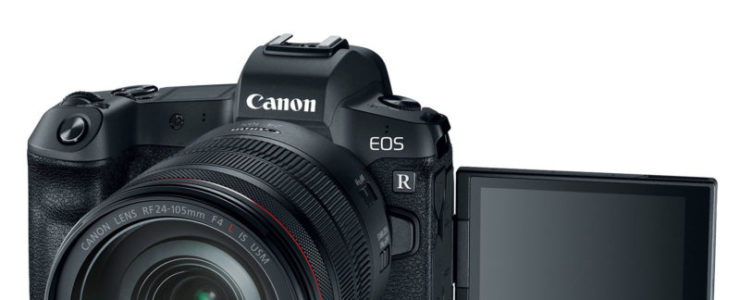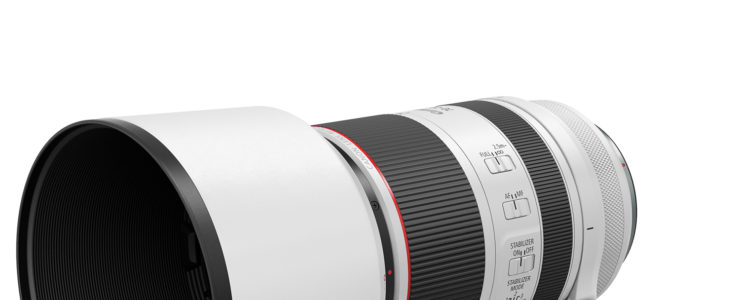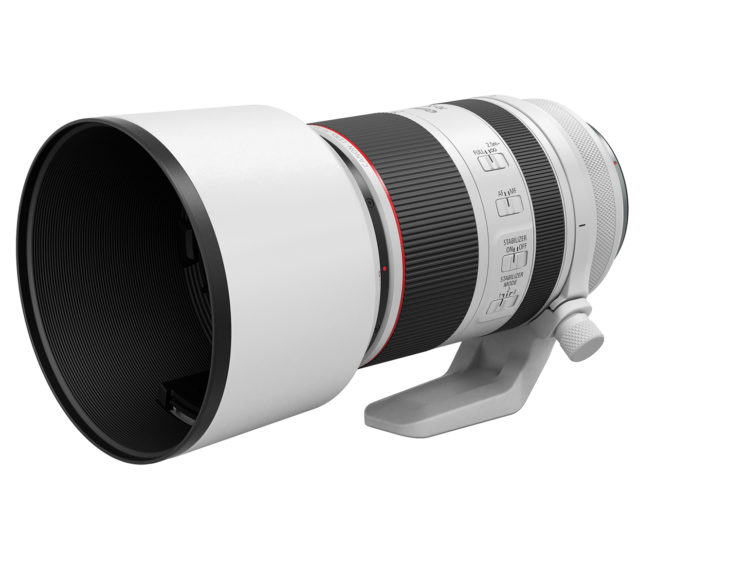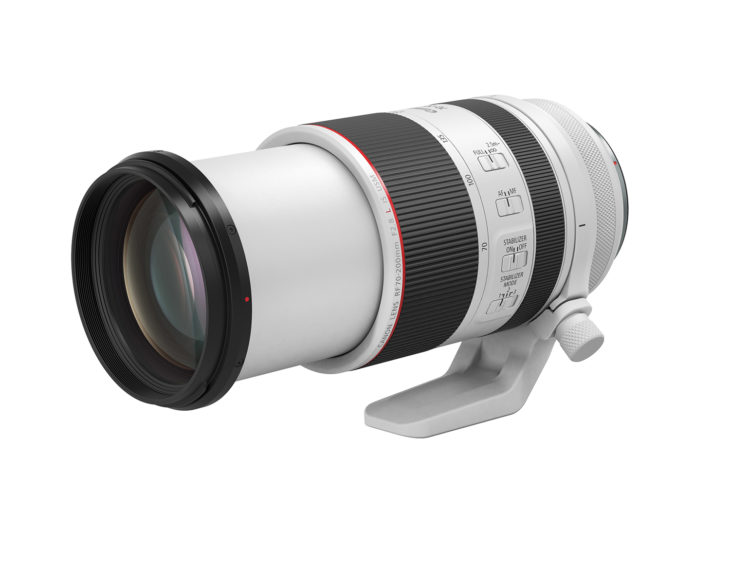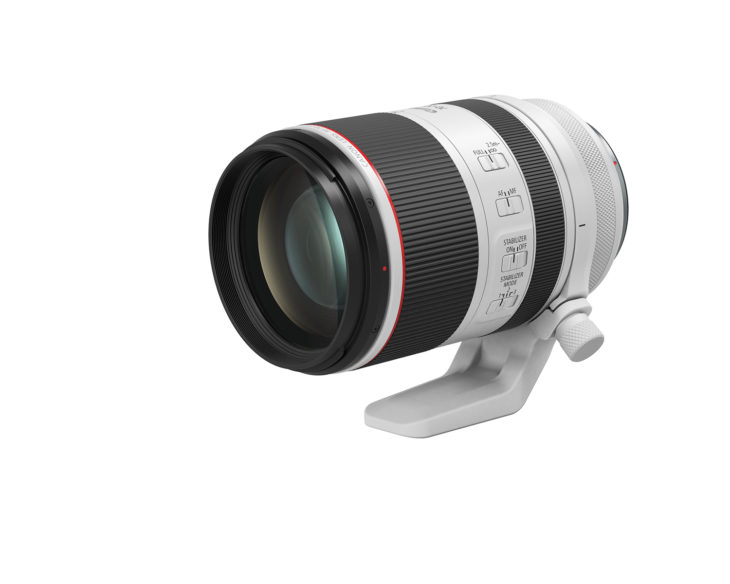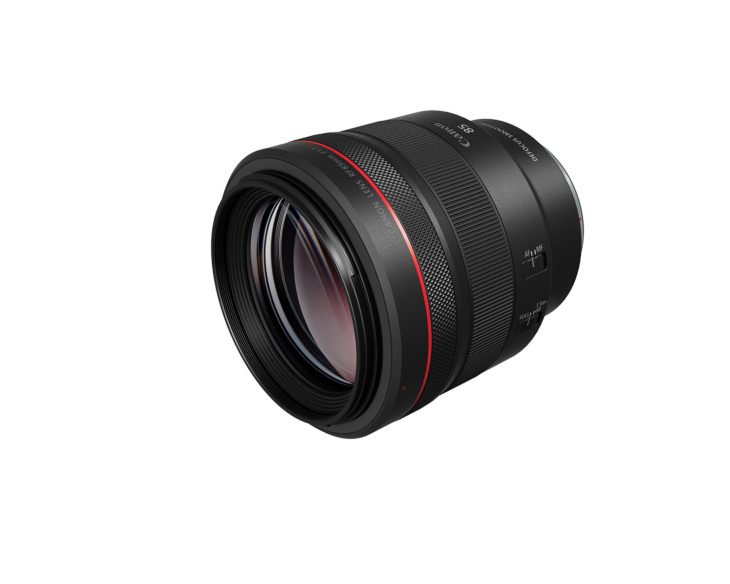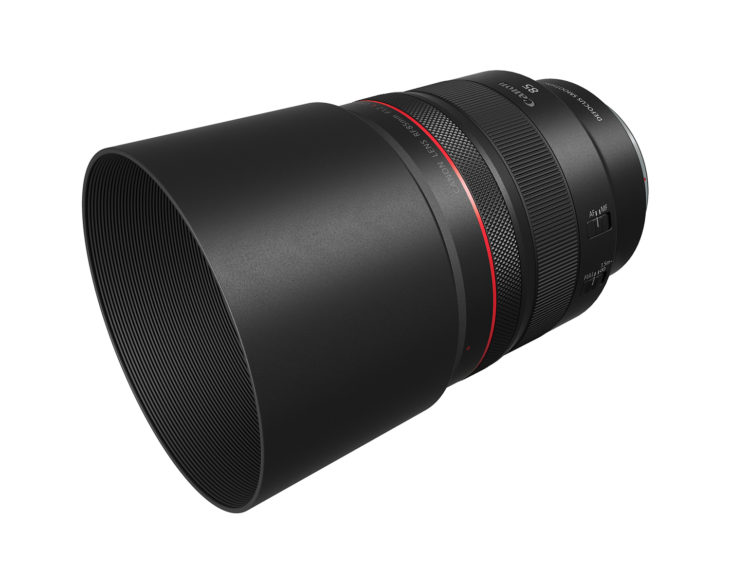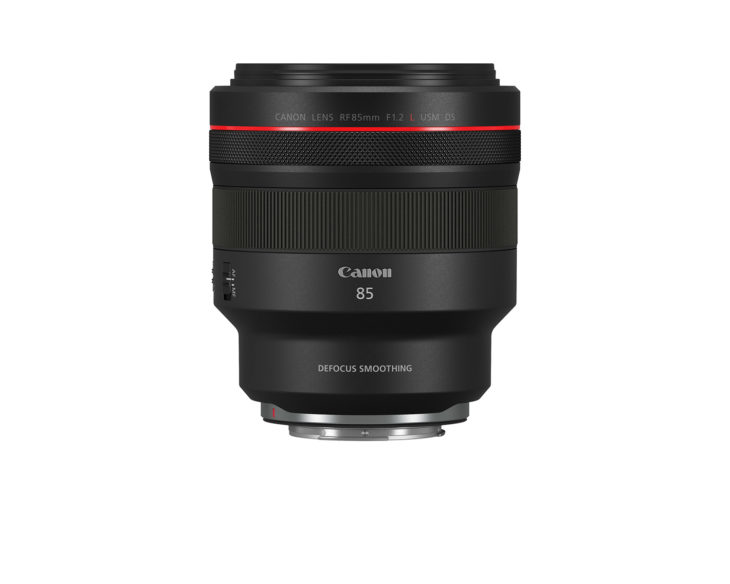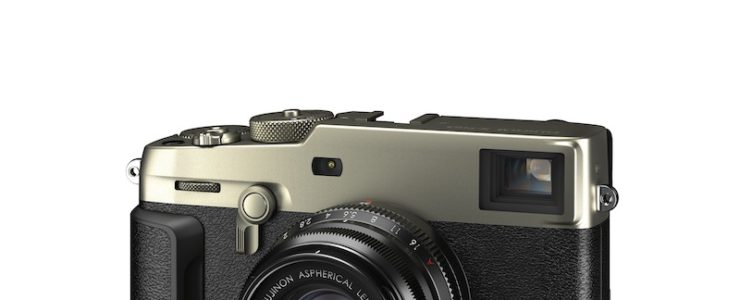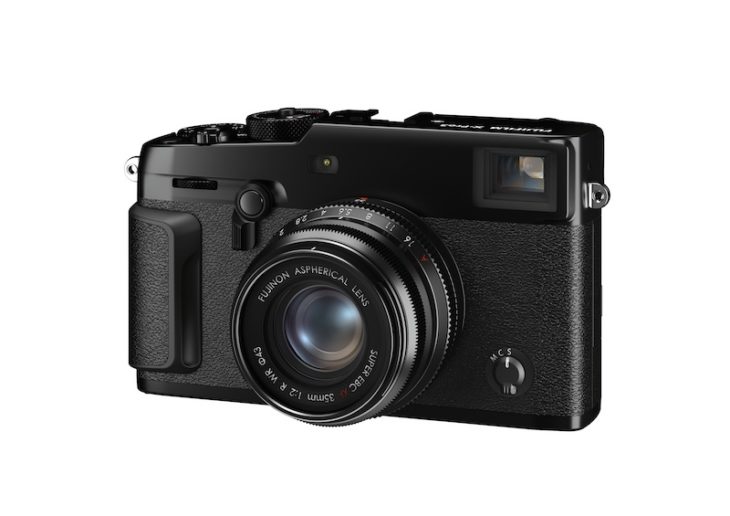Known to come since long, here is the official announcement of the Canon RF 70-200mm f/2.8L IS and RF 85mm f/1.2L DS lenses for the Canon EOS R system.
The RF 85mm f/1.2L DS features a new optical technology named Defocus Smoothing, see here how it works.
The Canon RF 70-200mm f/2.8L IS and RF 85mm f/1.2L DS lenses are scheduled to be available late November 2019 and December 2019, respectively for an estimated retail price of $2,699 and $2,999 respectively. Preorders are open:
Canon press release:
The RF Family Grows By Two: Canon RF 70-200MM F2.8L IS USM Lens Is The World’s Shortest And Lightest Lens In Its Class And RF 85MM F1.2L USM DS Is The First Lens To Feature Defocus Smoothing
New RF L-Series Lenses Aim to Provide Impeccable Performance, Handling and Unique Features to Photographers Shooting with EOS R and EOS RP Cameras
MELVILLE, NY, October 24, 2019 – Completing the “trinity” of RF lenses for the EOS R Full-Frame mirrorless camera system, Canon U.S.A., Inc., a leader in digital imaging solutions, today announced the RF 70-200mm F2.8L IS USM telephoto lens. Additionally, the company also announced its first lens to feature Defocus Smoothing lens coating, the Canon RF 85 F1.2L DS. The ninth and tenth lenses in the RF family are both powerful tools for photographers using the EOS R or EOS RP cameras, in particular, those shooting sports or wildlife photography with the RF 70-200mm F2.8L or portrait photography with the RF 85mm F1.2L USM DS.
Short and Light With All The Might: Canon RF 70-200mm F2.8L IS USM
The new lens features a large and bright f/2.8 aperture, which, along with the 70-200mm focal zoom ranges, presents an ideal workhorse lens for professional and amateur photographers shooting sports, wildlife, wedding and event action. The new RF lens is 27 percent shorter and 28 percent lighter than its EF counterparti with a large portion of the lens element arrangement closer to the camera body. This arrangement is designed to provide photographers with a more balanced feel and experience even at telephoto end of the zoom range. Additionally, the shorter and lighter design allows the lens to be more easily stowed away in a camera bag when not in-use.
A first for Canon lenses, the new RF 70-200mm F2.8L IS USM features two Nano USM motors providing an even greater level of high-speed autofocus for still image shooting and quiet and smooth autofocus for video shooting. The lens also incorporates a floating focus control, another Canon first, that drives the two lens groups individually while using the two aforementioned Nano USM motors. The floating focus lens element shortens focusing distance and help reduce breathing, providing users with fast, consistent and reliable performance.
Additional Features of The Canon RF 70-200mm F2.8 L IS USM Include:
- Customizable control ring that allows photographers to adjust exposure compensation, shutter speed, aperture or ISO
- 17 lens elements in 13 groups including two aspherical lenses, one super UD lens and four UD lenses, that help to reduce chromatic aberration
- CIPA standard five stops of image stabilization (IS) including three IS modes with dual-sensing and combination IS
- 12-pin communication system
- L-Series dust and weather resistant build with fluorine coating
- Subwavelength Structure Coating (SWC) helps minimize lens flare and ghosting
Teaching an Old Dog a New Trick: Canon 85mm F1.2L USM DS
Canon has a rich history spanning over 40 years of producing 85mm lenses with f/1.2 apertures, and the new Canon RF 85mm F1.2L USM DS is no different, or is it? The lens ushers in a new lens coating from Canon, Defocus Smoothingii, designed to enhance the appearance of bokeh in the images captured with the lens. DS coating is a vapor-deposited coating technology that is applied to the front and rear surfaces of a specific lens element inside the lens. The coating allows off-axis flux to pass through the periphery of the lens that gradually decreases the transmittance of light, which results in images with beautifully blurred backgrounds.
In addition, the new lens features a bright f/1.2 aperture which, along with the 85mm focal length, encompasses an ideal lens for portrait photographers. 85mm is often the preferred focal length selected by photographers when shooting portraits because it provides an appropriate depth and perspective of the subject relative to the background, helping to capture high-quality imagery with beautiful and desirable bokeh. The focal length also allows for the photographer and subject to maintain optimum distance apart to support strong communication, while not being too close.
Additional Features of The Canon RF 85mm F1.2L USM DS Include:
- Minimum focusing distance of 2.79 feet/0.85 meters
- Customizable control ring that allows photographers to adjust exposure compensation, shutter speed, aperture or ISO
- One Aspheric lens and one UD Lens, along with BR optics that help to reduce chromatic aberration
- 12-pin communication system
- L-Series dust and weather resistant build with fluorine coating
- Air Sphere Coating (ASC) that helps minimize lens flare and ghosting

